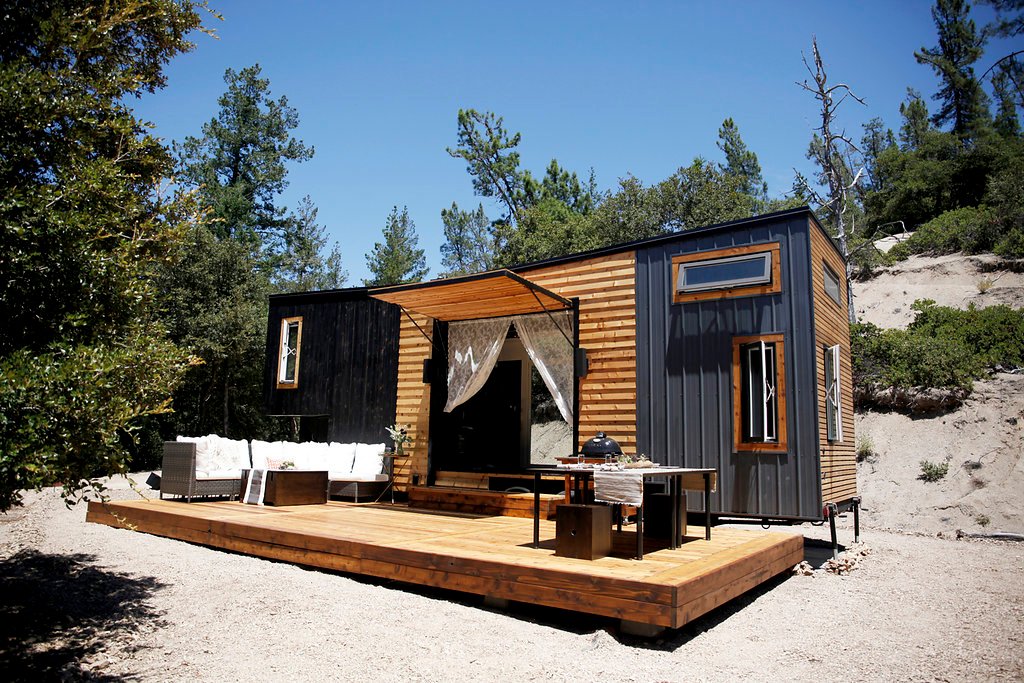There are many reasons why people choose to live in tiny homes, including a desire for a simpler life and the opportunity to save money. While there are no specific laws governing tiny homes in Florida, there are some cities that allow them. In general, it is easier to build a tiny home on wheels than a stationary one, as this avoids the need for a building permit.
Tiny homes on wheels can be parked on any property that has space for them, including in your backyard or on vacant land. If you want to park your tiny home in an RV park, you will need to check with the park management to see if they allowtiny homes. In some cases, such as inChattahoochee, you may need to get a permit from the city first.
There are a few cities in Florida that allow tiny homes, but they come with some caveats. In Gulf Breeze, for example, you must have your home on a permanent foundation and it must be up to code. In Key West, you can only have a tiny home if it’s used as an accessory dwelling unit (ADU), meaning it can’t be your primary residence.
And in Miami, you can only have a tiny home if it’s on wheels and meets certain size requirements.
So if you’re looking to downsize and simplify your life by moving into a tiny home in Florida, there are a few options available to you. Just make sure to do your research beforehand so you know what the requirements are in the city or town where you want to live.
Where Can You Park / Build a Tiny House in Florida?
What are the Zoning Regulations for Tiny Homes in Florida
There are no statewide zoning regulations for tiny homes in Florida. However, local governments may have their own ordinances regulating where tiny homes can be placed. For example, the city of Orlando requires that all tiny homes be placed on a foundation and meet minimum size requirements.
Other cities, like Miami, do not have any specific regulations regarding tiny homes.
How Many People Can Live in a Tiny Home in Florida
There is no definitive answer to this question as it depends on a number of factors, including the size of the tiny home, the zoning regulations in Florida, and the people’s personal preferences. However, based on our research, we believe that two to four people could comfortably live in a Florida tiny home.
The average size of a tiny home is between 100 and 400 square feet.
In Florida, the maximum amount of space that can be legally occupied without a permit is 500 square feet. This means that if your tiny home is under 500 square feet, you would not need to obtain a permit in order to live there. However, it is important to check with your local zoning regulations to see if there are any other restrictions that would apply to your situation.
Another factor to consider is how comfortable you and your family would be living in close quarters. A typicaltiny home has less than half the amount of living space than a traditional house. This means that everyone would need to be okay with sharing common areas and potentially having less privacy overall.
If you have young children, it might be more difficult to manage nap times and bedtimes in such close quarters. But if everyone is on board with the idea of living simply and minimally, then atiny home could definitely work for a small family or individual!
What Size Limit Exists for Tiny Homes in Florida
There is no size limit for tiny homes in Florida. You can build your tiny home to be as small or as large as you want it to be. The only requirement is that it must meet the minimum square footage requirements for a dwelling unit, which is 400 square feet in most counties.
There are a few exceptions to this rule, so you’ll need to check with your local building department to find out what the requirements are in your specific county.
What is the Definition of a “Tiny Home” in Florida
A tiny home in Florida is defined as a dwelling that is 400 square feet or less in total floor area. This includes all living space, kitchens, bathrooms, bedrooms, and any other rooms. A tiny home may be attached to another dwelling or structure, such as a garage, but it must be self-contained with its own means of heat, light, and water.
Conclusion
There are many places in Florida that allow tiny homes, but each city has its own regulations. In general, tiny homes must meet the same building code requirements as any other home. Some cities have additional restrictions, such as minimum lot size or maximum height.
Most importantly, check with your local zoning department to see what is allowed in your area. Even if a city does not have explicit regulations for tiny homes, they may still be able to live there under the right circumstances. For example, you might be able to get a variance for your tiny home if it meets certain criteria.

